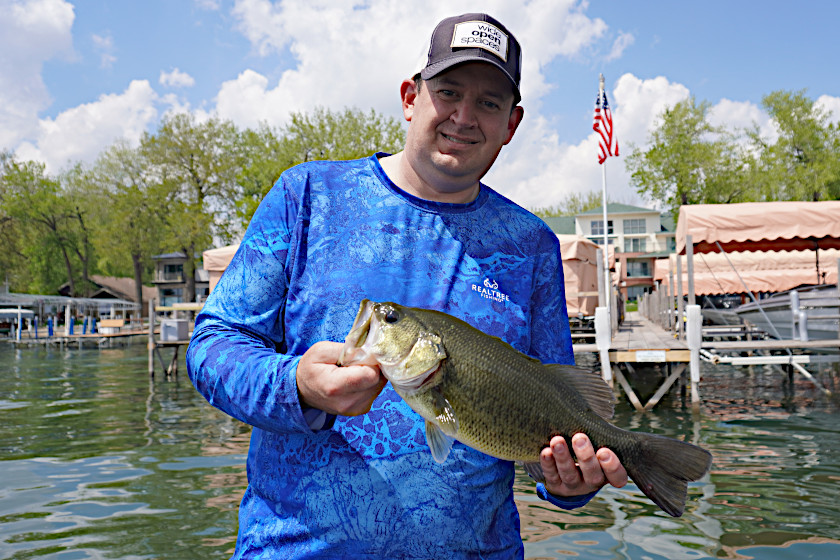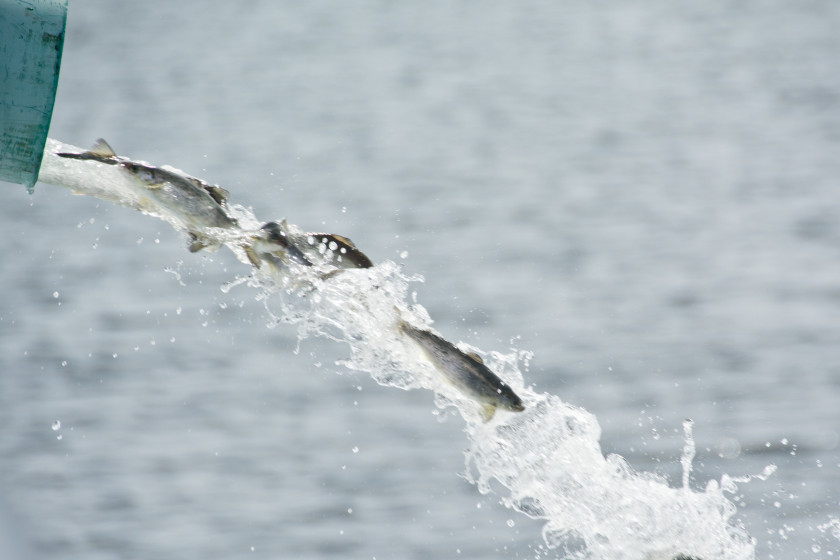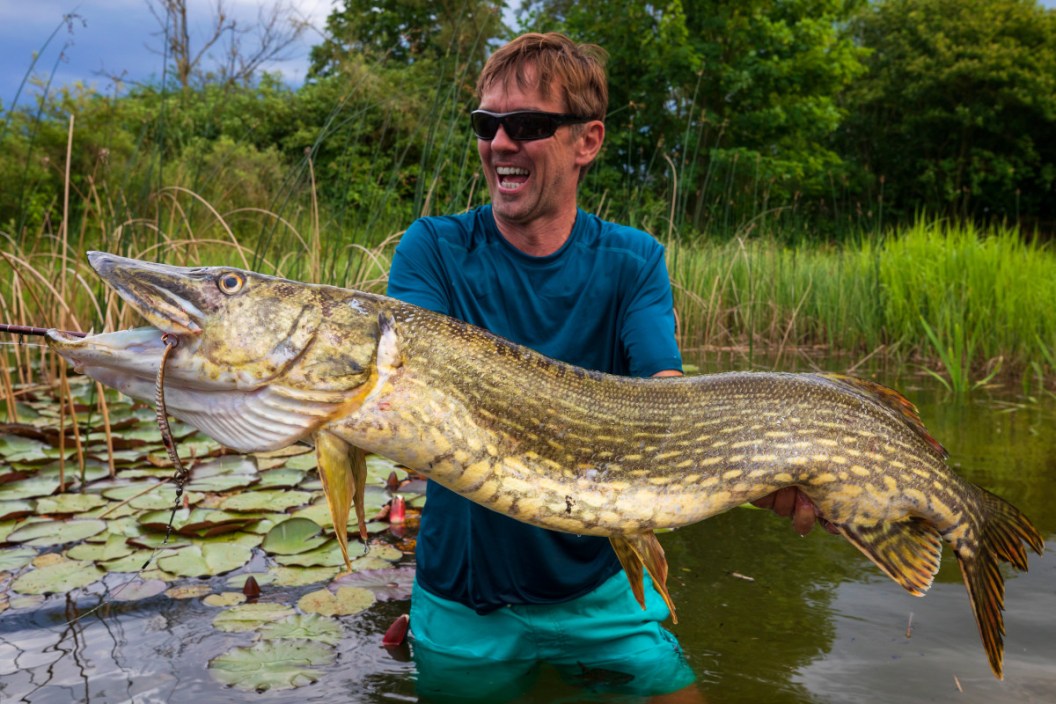Sportsmen and women everywhere already know the important of wildlife conservation when it comes to preserving our precious natural resources for future generations to enjoy.
Conservation work becomes even more important when it involves fisheries management. It takes a lot of money to fund the state wildlife agencies that do the work of monitoring fish populations and maintaining public access areas. These are things that we all sometimes take for granted.
Everyone knows that hunting and fishing license fees contribute heavily to that type of funding, but boaters and anglers may not even realize they are contributing towards these efforts simply with the fishing equipment they buy as well.
It's in the form of an excise tax that's the result of something called the Dingell-Johnson Act. You might not even know you're contributing to conservation when you pay money towards it, but it's helped improve fishing for the better since 1950.
What is the Dingell-Johnson Act?

Travis Smola
Many hunters have probably heard of the Pittman-Robertson Wildlife Restoration Act of 1937. It was a game changer in terms of generating funding for hunting conservation projects.
Prior to 1937, there was already an existing excise tax of 11% on all sales of firearms, ammunition, and archery equipment. At the time, that money was directed back to the U.S. Treasury. The Pittman-Robertson Act changed that, and instead directed those funds to the Secretary of the Interior. From there, the funds were given to the states to use in wildlife, habitat, and other hunting-related conservation efforts.
Pittman-Robertson was a huge success, giving state agencies badly-needed federal funds for projects they had been putting off for years. The impact of this money simply cannot be understated. The U.S. Fish and Wildlife Service notes that nearly 900,000 acres of land were acquired for public use just in the first ten years of the Act's funding alone. The funds were also used on restoration efforts for popular game animals like the whitetail deer.
Fast forward to 1950. It was after World War II, and more people than ever were starting to fish recreationally. Enter Michigan Congressman John Dingell and Colorado Senator Edwin Johnson. The two realized a fishing version of Pittman-Robertson would likely have the same positive effects for fishing conservation. This led to a bill for the Sport Fish Restoration Program, but it quickly became known as the Dingell-Johnson Sport Fish Restoration Act. It was quickly passed and signed into public law.
Just like Pittman-Robertson, this Act established an excise tax of 10%, but only for fishing tackle. As expected, Dingell-Johnson was a success, but there was still room for improvement. That's why in 1984, Congress decided to add the Wallop-Breaux Amendment. This helped generate even more funds simply by adding some extra excise fuel taxes for the types of motorboat fuel regularly used in recreational boating. This 3% tax also applies to the sales of yachts and other large craft, and adds some additional tax to things like fish finders and electric motors. This smaller tax is also often applied to import duties for tackle too.
In short, there's a lot of different revenue streams where this money is coming from. In fact, the funds from Dingell-Johnson come from an arguably larger user base, simply because it can include people who aren't necessarily anglers.
What the Money Ends Up Funding

Getty Images: Erika Mitchell
According to the Washington Department of Fish and Wildlife, funds generated by the Federal Aid in Sport Fish Restoration Act are put into a trust fund. From there, the U.S. Fish and Wildlife Service determines how much each gets. The size of the state and the amount of fishing licenses sold usually play a part in how they determine this. In any case, from there the states match up 25% with revenue from fishing licenses and other funds. This gives them plenty to work with each fiscal year for a variety of different projects.
The money is then doled out to state fish and wildlife agencies, usually in the forms of grants. From there it is used for things like wetlands restoration, boating access maintenance, and research programs. They money is also often used to help fish hatchery stocking efforts, which are vital for keeping our favorite trout streams and other local fishing holes stocked.
The funds are sometimes used to combat aggressive non-native species that threat our waterways like zebra mussels, quagga mussels, or Asian carp. Additionally, many states use some of their funds for education and community outreach programs in hopes of attracting more people to fishing or water sports.
While each user contributes a few cents on the dollar when they buy things like a new fishing reel or a few gallons of fuel, it all adds up over time and across spenders. We can't forget how huge the fishing and boating industries are. In fact, it's estimated that at least $9 billion has been pumped into conservation because of Dingell-Johnson. That means it has passed Pittman-Robertson despite the older Act's 13-year head start.
The next time you're wondering how the state pays for all those big conservation projects you see happening in your state, you'll now know it was likely a result of the Dingell-Johnson Act. It may have a funny name, but it's one of the most important conservation efforts ever devised.
For more outdoor content from Travis Smola, be sure to follow him on Twitter and Instagram For original videos, check out his Geocaching and Outdoors with Travis YouTube channels.
READ MORE: WHERE DOES YOUR HUNTING AND FISHING LICENSE MONEY GO?




